Addendum: On the day this item was posted, a school board member in Nebraska used slides of Well’s Icons of Evolution to argue that the school should teach “the evidence for and against neo-Darwinian evolution;” details here and here.
by Paul Braterman

Comparison of carbonaria and typica mounted against post-industrial treetrunk, 2006. Licenced under GFDL by the author, Martinowski at nl.wikipedia. [Click image to enlarge.]
The peppered moth provides a textbook example of industrial melanism and its reversal. Once a classroom classic, then much criticised, and finally rehabilitated through further observation, the story also shows how real science works. The response of the creationist and “Intelligent Design” community provides a textbook example of a conspiracy theory in action, with cherry-picked quotations, allegations of collusion and fraud, and refusal to acknowledge new evidence.
This moth comes in two main varieties, mottled pale (typica), and dark-coloured (carbonaria). The dark form was first noticed, as a rarety, in 1848. Then came widescale industrialisation and grime. By 1895, 98% of the peppered moths in Manchester were dark, and in 1896 it was first suggested that this was a camouflage effect; typica is well concealed against a pre-industrial treetrunk, with its mottling of lichen, but against a sooty background it is an obvious meal for any passing bird. J.B.S. Haldane, in 1924, applied his new methods of quantitative genetics to the speed of such changes, and inferred that carbonaria must have possessed something like 50% per generation advantage over its pallid competitor. An extreme case of Darwinian evolution.
(Let me define that term, since for their own reasons creationists habitually equate all modern biology with Darwin. Darwinian evolution requires just three components; inheritable variation within a population, competition between its members to survive and reproduce, and a difference in fitness between variants. Fitness, here, is simply the ability to survive and have offspring that are themselves fit. This then leads to the evolution of a population in which the variations that confer fitness have become more common. We now know, as Darwin did not, that the inheritable variation corresponds to differences in genes, and that mutations, arising from gene copying errors, give rise to an ongoing supply of new variations. That’s it.)
In the 1950s, Bernard Kettlewell, medical student turned naturalist, carried out a set of direct experiments to test the suggestion that industrial melanism was the result of selective predation. He released large numbers of moths, a mixture of typica and carbonaria, in both polluted and unpolluted woodlands. As expected if the predation-selection mechanism is operating, the survival rate was greater for typica in clean environments, while the opposite applied in environments that were polluted. Kettlewell then persuaded Niko Tinbergen to film the actual process in both kinds of environment. Tinbergen later shared the 1973 Nobel Prize for his work on supernormal stimuli (exaggerated forms preferred to the real ones), along with Konrad Lorentz (filial imprinting) and Karl von Frisch (bee signalling).
Subsequent decades saw the passage of clean air acts, the washing clean of trees by unpolluted rainwater and the return of lichens, and a recovery of the numbers of typica at the expense of carbonaria.
So here we had the clearest possible example of Darwinian evolution in action. Variation dependent on a single gene; a selection pressure, namely predation by birds; an evolved response, namely camouflage; and a change in the direction of evolution with circumstances as camouflage favoured first one variant, then the other. Or so it seemed.
Read more »
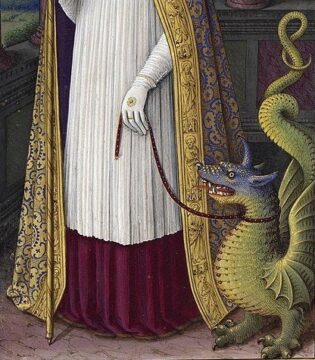

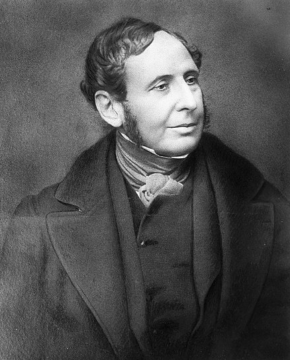
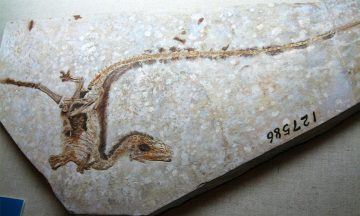
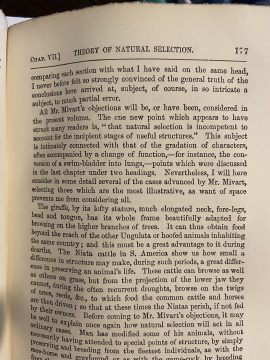
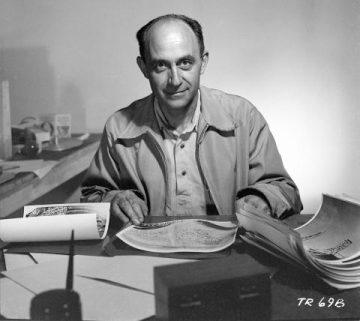 In November 1918, a 17-year-student from Rome sat for the entrance examination of the Scuola Normale Superiore in Pisa, Italy’s most prestigious science institution. Students applying to the institute had to write an essay on a topic that the examiners picked. The topics were usually quite general, so the students had considerable leeway. Most students wrote about well-known subjects that they had already learnt about in high school. But this student was different. The title of the topic he had been given was “Characteristics of Sound”, and instead of stating basic facts about sound, he “set forth the partial differential equation of a vibrating rod and solved it using Fourier analysis, finding the eigenvalues and eigenfrequencies. The entire essay continued on this level which would have been creditable for a doctoral examination.” The man writing these words was the 17-year-old’s future student, friend and Nobel laureate, Emilio Segre. The student was Enrico Fermi. The examiner was so startled by the originality and sophistication of Fermi’s analysis that he broke precedent and invited the boy to meet him in his office, partly to make sure that the essay had not been plagiarized. After convincing himself that Enrico had done the work himself, the examiner congratulated him and predicted that he would become an important scientist.
In November 1918, a 17-year-student from Rome sat for the entrance examination of the Scuola Normale Superiore in Pisa, Italy’s most prestigious science institution. Students applying to the institute had to write an essay on a topic that the examiners picked. The topics were usually quite general, so the students had considerable leeway. Most students wrote about well-known subjects that they had already learnt about in high school. But this student was different. The title of the topic he had been given was “Characteristics of Sound”, and instead of stating basic facts about sound, he “set forth the partial differential equation of a vibrating rod and solved it using Fourier analysis, finding the eigenvalues and eigenfrequencies. The entire essay continued on this level which would have been creditable for a doctoral examination.” The man writing these words was the 17-year-old’s future student, friend and Nobel laureate, Emilio Segre. The student was Enrico Fermi. The examiner was so startled by the originality and sophistication of Fermi’s analysis that he broke precedent and invited the boy to meet him in his office, partly to make sure that the essay had not been plagiarized. After convincing himself that Enrico had done the work himself, the examiner congratulated him and predicted that he would become an important scientist.